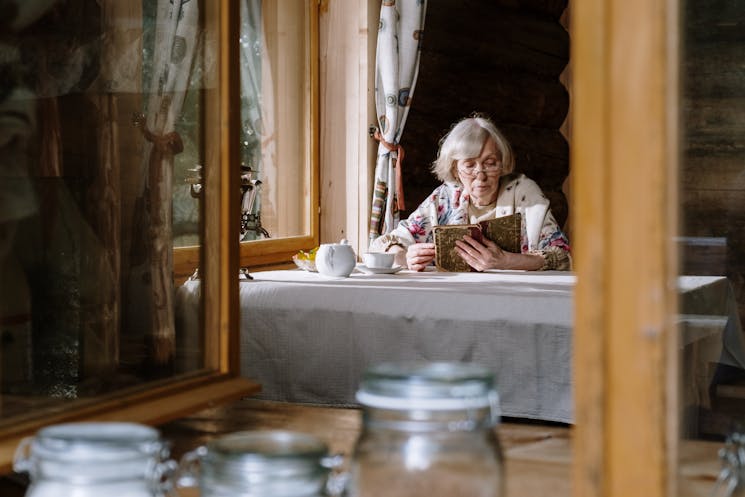Deciding where to spend their golden years becomes increasingly important as people approach retirement. While some may choose to stay in their family homes, many over 55s are opting for retirement villages.
These specialised communities offer a unique blend of independence, social opportunities, and support services that appeal to many older adults. Here’s a closer look at why over 55s retirement villages are becoming popular.
Sense of Community
One of the primary reasons older adults are drawn to retirement villages is the strong sense of community they offer. Traditional neighbourhoods can often be isolating, especially if friends and family live far away. In contrast, retirement villages are designed to foster social interaction and create a supportive network of peers.
Regular social events, group activities, and communal spaces such as clubhouses and gardens encourage residents to engage with one another, making it easier to form new friendships and maintain an active social life.
Safety and Security
Safety is a significant concern for many older adults, particularly those living alone. Retirement villages typically offer enhanced security features, including gated entrances, surveillance cameras, and 24-hour staff presence.
This level of security provides peace of mind, allowing residents to feel safe in their homes and surroundings. Additionally, the close-knit nature of these communities means neighbours look out for one another, adding an extra layer of security.
Maintenance-Free Living
Maintaining a home can become increasingly challenging with age. Tasks such as lawn mowing, fixing leaks, and general upkeep can be physically demanding and time-consuming. Retirement villages alleviate this burden by offering maintenance-free living.
Most villages have dedicated staff to care for landscaping, repairs, and other maintenance tasks, allowing residents to enjoy their retirement without home upkeep.
Access to Amenities and Services
Retirement villages often have various amenities and services that make life more convenient and enjoyable. These include fitness centres, swimming pools, libraries, and on-site dining options. Many villages also offer healthcare services, such as on-site clinics or partnerships with local healthcare providers. Easy access to these amenities helps residents stay active, healthy, and engaged, contributing to a higher quality of life.
Independent Living with Support Options
While many residents of retirement villages are active and independent, having support options available when needed is a significant advantage. Retirement villages often offer different levels of care, from independent living to assisted living and memory care.
This flexibility allows residents to transition to higher levels of care without moving to a new location. The availability of support services, such as housekeeping, transportation, and meal delivery, also provides additional convenience and peace of mind.
Financial Predictability
Financial planning is crucial in retirement, and many retirement villages offer predictable cost structures that help with budgeting. Instead of dealing with unexpected expenses for home repairs or rising utility bills, residents typically pay a monthly fee that covers most of their living expenses. This financial predictability can be very appealing, as it simplifies budgeting and helps residents plan for the future more effectively.
Attractive Lifestyle and Activities
Retirement villages often cater to an active and engaged lifestyle, offering a variety of recreational and educational activities. There is always something to do, from fitness classes and hobby groups to cultural outings and travel opportunities. These activities keep residents physically and mentally active and provide opportunities to learn new skills and pursue passions.
Simplified Downsizing
Moving to a retirement village often involves downsizing from a larger family home to a more manageable living space. This process can be emotionally and physically daunting, but many retirement villages offer support services to help transition. Downsizing to a smaller home can also be liberating, as it reduces the amount of belongings to manage and maintain, leading to a simpler and more stress-free lifestyle.
Conclusion
The growing popularity of retirement villages among those over 55s is a testament to these communities’ unique benefits. From fostering a sense of community and providing enhanced security to offering maintenance-free living and a range of amenities, retirement villages cater to older adults’ diverse needs and preferences. As more people seek to make the most of their retirement years, the appeal of these vibrant, supportive communities will likely continue to rise. For many, retirement villages represent not just a place to live, but a place to thrive.













